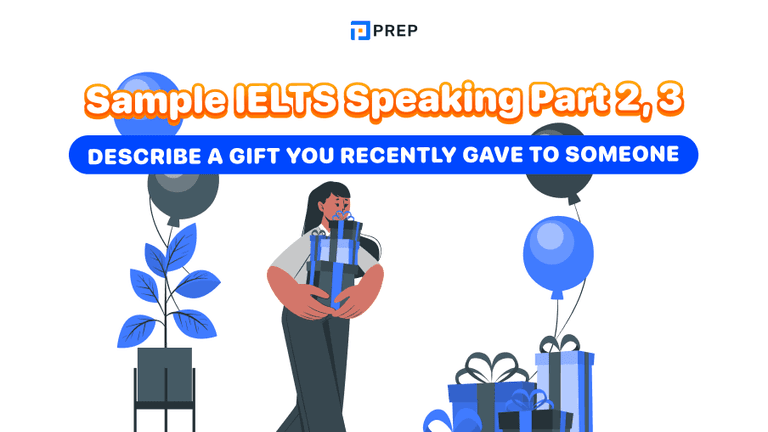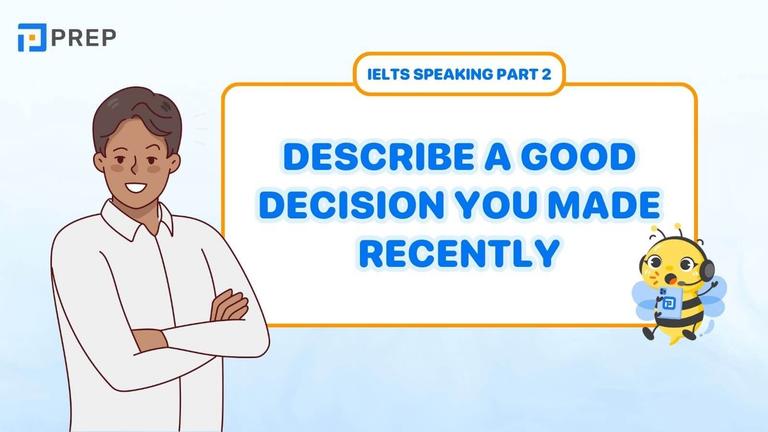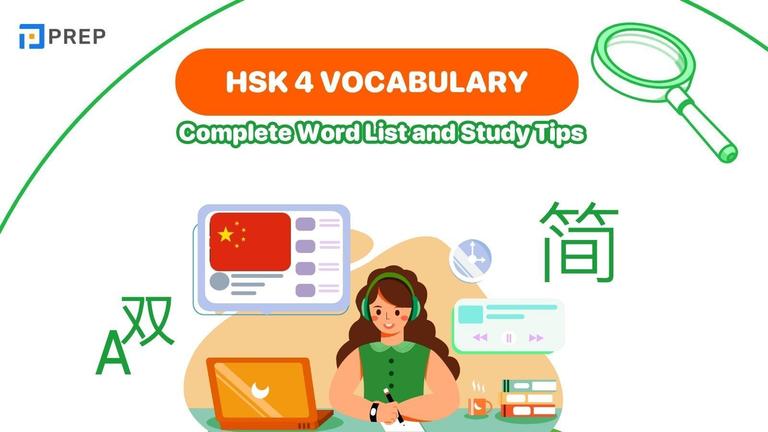35 Essential IELTS Listening Tips: Your Ultimate Guide to a Higher Score
The path to IELTS success demands mastery of four essential skills, with listening often serving as the foundation upon which other abilities build. Mastering IELTS listening requires more than merely possessing good ears—it demands strategic preparation, technical knowledge, and tactical execution. Through years of experience preparing thousands of students for this challenging assessment, PREP compiled these 35 proven IELTS listening tips that consistently produce remarkable results, transforming average performers into high scorers.

I. Getting Started: Understanding the IELTS Listening Test & Why These 35 Tips Matter
The IELTS listening module challenges even proficient English speakers who often discover that understanding authentic English in test conditions is harder than expected. This guide offers 35 actionable IELTS listening tips and tricks covering everything from fundamentals to question-specific strategies.
The IELTS Listening Test: A Quick Look
The test features four 10-question sections completed in 30 minutes with one hearing, followed by a 10-minute answer transfer period. It includes various English accents and evaluates both correct answers and accurate spelling/grammar with strict word limits.
Why These 35 Tips Will Boost Your Score
These IELTS listening tips combine research and experience from top performers. Each provides concrete guidance for specific test challenges, building both general comprehension and test-taking techniques that transform guesswork into systematic success.
II. IELTS Listening tips: how to master every listening test
Foundational Power: 7 Essential Pre-Test & General Skill-Building Tips
Tips 1-7: Building a Strong Listening Foundation
Tip 1: Listen Actively, Not Passively. Engage mentally with content by asking yourself questions about the speaker's purpose and main points. Practice with podcasts and news broadcasts for 20-30 minutes daily to strengthen comprehension pathways. This active engagement is among the best tips for IELTS listening preparation.
Tip 2: Expand Your IELTS Topic Vocabulary. Create vocabulary lists organized by common themes like education, environment, transportation, and accommodation. Focus on terms frequently appearing in listening scenarios and review regularly for automatic recognition.
Tip 3: Practice with Authentic Cambridge Materials. Complete at least 5-10 full Cambridge practice tests under timed conditions to experience the most accurate representation of test format, difficulty, and content. Analyze both correct and incorrect answers thoroughly.
Tip 4: Simulate Real Test Conditions. Practice with proper timing constraints, single listening opportunities, and without pauses. This conditioning prepares you mentally for test-day pressure and improves performance when it matters most—a crucial element among effective IELTS listening tips and tricks.
Tip 5: Analyze Your Mistakes Systematically. Categorize errors into patterns: mishearing words, missing information due to speed, misinterpreting questions, or spelling mistakes. Keep an error log to track these patterns and target specific weaknesses.
Tip 6: Familiarize Yourself with Different Accents. Spend 15 minutes daily with BBC, Australian Broadcasting Corporation, and North American programs to develop adaptability to the accent variations that appear in the test.
Tip 7: Recognize Common Paraphrasing. Study how concepts are rephrased using synonyms, restructured sentences, and voice changes. This prevents fixation on expected phrasing that may never appear in the audio—one of the most valuable IELTS listening tips for advanced preparation.
Strategic Execution: 15 Actionable Tips for Before, During & After Listening
Tips 8-12: Before the Audio – Maximizing Prep Time
Tip 8: Preview All Questions Before Listening. Scan questions to understand what information you need, creating a mental roadmap that guides your attention during the recording.
Tip 9: Underline Keywords in Questions. Identify question words, significant nouns, verbs, and context clues that indicate what to listen for, helping focus your attention on relevant information.
Tip 10: Anticipate Answer Types. Determine whether you need to listen for numbers, names, places, or specific objects, narrowing your focus and preparing your mind to recognize relevant details.
Tip 11: Check Question Instructions Carefully. Note word limits (e.g., "NO MORE THAN TWO WORDS") and other constraints. Circle these instructions to avoid technical violations that invalidate correct answers—an often overlooked aspect in many IELTS listening tips collections.
Tip 12: Utilize Pauses Between Sections. Immediately begin reading and analyzing the upcoming section during breaks rather than relaxing, maximizing your preparation advantage.
Tips 13-19: While Listening – Techniques for Accuracy
Tip 13: Maintain Laser Focus. Concentrate exclusively on connecting the audio with your question previews. Train your concentration through regular meditation or focus exercises to extend your attention span.
Tip 14: Use Efficient Note-Taking. Develop shorthand for capturing essential information, particularly in Section 4. Note numbers, names, and key terms rather than attempting to transcribe everything—one of the best tips for IELTS listening success in the academic section.
Tip 15: Recognize Signposting Language. Listen for phrases like "firstly," "importantly," or "in conclusion" that telegraph critical content likely to appear in answers.
Tip 16: Expect Paraphrasing. Train yourself to recognize concepts expressed with synonyms or restructured sentences rather than expecting exact wording from the questions.
Tip 17: Use Context for Unfamiliar Words. Rather than fixating on unknown terms, use surrounding information to determine meaning or relevance to your questions.
Tip 18: Identify Distractors and Corrections. Notice when speakers contradict earlier statements or present alternatives. Listen for phrases like "actually" or "on second thought" that signal corrections.
Tip 19: Move On After Missed Answers. Accept occasional misses and immediately refocus on upcoming questions rather than dwelling on what you've missed—a psychological aspect of IELTS listening tips that separates successful candidates from struggling ones.
Tips 20-22: After Listening – Securing Your Marks
Tip 20: Transfer Answers Precisely. Copy your answers exactly as they appear on your question paper during the 10-minute transfer period, maintaining correct spelling, capitalization, and legible handwriting.
Tip 21: Verify Spelling and Grammar. Review answers for common errors, particularly with plural forms, hyphenated terms, and easily confused words before submitting your answer sheet.
Tip 22: Make Educated Guesses. Never leave answer spaces empty. Use context and question structure to make logical attempts that may earn points, while blank spaces guarantee zero credit.
Question-Specific Tactics: 13 Winning Tips for Each Task Type
Tips 23-25: For Multiple Choice Questions
Tip 23: Preview All Options. Read all choices before listening to understand subtle differences between options and recognize the correct answer when it appears.
Tip 24: Use Elimination Strategy. Rule out obviously incorrect options first to narrow your focus to more plausible choices and increase probability of selecting correctly—a strategic approach featured in the most effective IELTS listening tips and tricks.
Tip 25: Focus on Direct Answers. Listen for information that specifically addresses the question rather than selecting truthful but irrelevant statements.
Tips 26-28: For Gap-Fill Tasks
Tip 26: Identify Required Grammar. Determine whether you need a noun, verb, adjective, or number by analyzing the sentence structure surrounding each gap.
Tip 27: Honor Word Limits. Note maximum word counts for each answer and understand what combinations are permitted when instructions mention "words and/or numbers."
Tip 28: Follow Sequential Order. Use the natural progression of information to anticipate when answers to specific questions will appear, as gap-fills generally follow the recording sequence.
Tips 29-30: For Sentence Completion & Short Answers
Tip 29: Ensure Grammatical Fit. Verify that your answers create grammatically correct statements when inserted, considering subject-verb agreement and appropriate tense.
Tip 30: Be Concise and Precise. Include only the specific information requested without additional context or explanation, adhering strictly to stated word limits—one of the essential best tips for IELTS listening success.
Tips 31-33: For Map, Diagram & Plan Labelling
Tip 31: Pre-Orient Using Reference Points. Identify fixed landmarks before listening to create a mental framework for placing additional information on maps or diagrams.
Tip 32: Master Spatial Vocabulary. Develop instant recognition of terms like "adjacent to," "opposite," and "between" to accurately follow the speaker's descriptions.
Tip 33: Trace Directions Physically. Follow the path with your pencil on the diagram as directions unfold to maintain orientation during complex spatial instructions.
Tips 34-35: For Matching Questions
Tip 34: Preview Both Lists Completely. Familiarize yourself with all matching possibilities before the audio begins to quickly recognize relevant connections when mentioned.
Tip 35: Listen for Conceptual Links. Identify connections expressed through synonyms, examples, or expanded explanations rather than expecting identical phrasing—a sophisticated approach among advanced IELTS listening tips.
III. Avoiding Pitfalls in IELTS Listening: Ensuring Peak Performance
Ignoring Spelling Rules. The test strictly evaluates spelling accuracy, with misspelled words receiving no credit even when phonetically recognizable. Practice spelling commonly confused terms and proper nouns.
Exceeding Word Limits. Disregarding specified word count restrictions invalidates otherwise correct answers, so count your words carefully before finalizing responses.
Losing Focus Mid-Test. Develop concentration endurance through progressively longer practice sessions and create mental triggers to help you refocus when attention drifts.
Misreading Question Focus. Analyze precisely what each question asks rather than making assumptions about the required information.
Fixating on Difficult Items. Accept that sacrificing one challenging question preserves your opportunity to correctly answer several others, preventing a domino effect of missed answers.
Answering Prematurely. Exercise patience to capture speakers' final positions rather than preliminary statements that might be corrected later—an insight often missed in basic IELTS listening tips and tricks collections.
The strategies developed through these 35 IELTS listening tips extend far beyond test day. The active listening habits, paraphrase recognition, and concentration techniques transfer directly to academic lectures, professional environments, and everyday communication. Continue practicing these skills after achieving your target score to maintain English proficiency throughout your international academic or professional journey. Remember that the most successful candidates don't merely memorize IELTS listening tips and tricks—they incorporate these practices into their daily language development routine, creating lasting proficiency that serves them well beyond the examination room.

Hi I'm Chloe, and I am currently serving as an Product Content Administrator at Prep Education. With over five years of experience in independent online IELTS study and exam preparation, I am confident in my ability to support learners in achieving their highest possible scores.
Comment
Premium content
View allPersonalized roadmap
Most read












